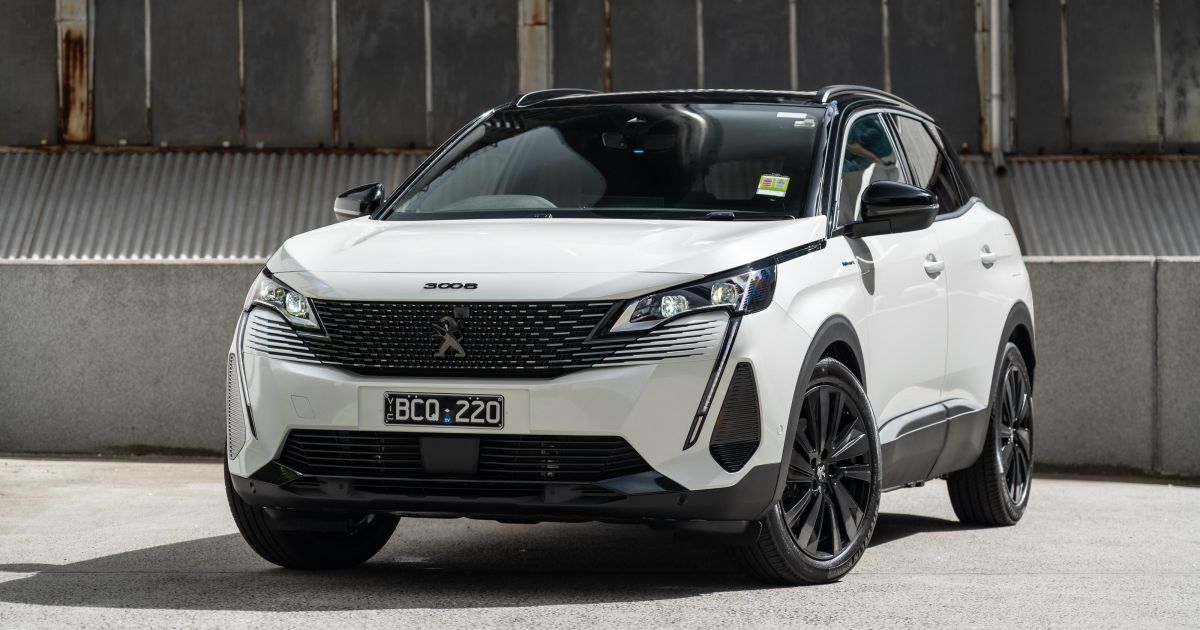Alset Srotom
Banned
What a terrible take...Nobody is considering that this could be partly supply chain issue. Probably not but it could be.
Second mixing input sensor type into the AutoPilot computer is probably extremely complex. We do everything with our eyes. Why shouldn’t the AutoPilot computer do the same? It may have a few dips during the transition. But it the long run I suspect it will all work better.
And eventually, like Radar, they will stop using the sensors on cars equipped with them.
I saw no negative impact going radarless.
1. Has been speculated multiple times in this thread that the decision is supply chain driven, just like removal of radar was (regardless of what Elon tells you)
2. Human eyes are situated on this thing called a head, which is connected to an awesome support column that can rotate, bend, and stretch. The cameras on your car are in static locations and are dirty and low resolution. Comparing static cameras to eyes that can be adjusted depending on the situation is completely asinine
3. My radar 2019 model 3 was perfect both on AP & NoA. My wife's 2022 model 3 without radar is atrocious and brakes for shadows and overpasses to the point we literally do not use it at all.
Stop the fanboyism







